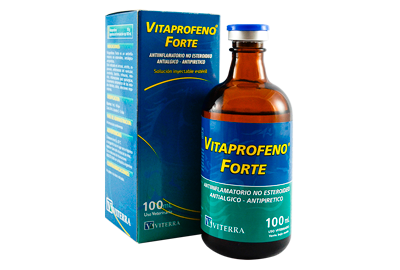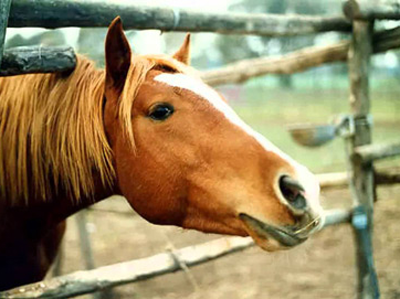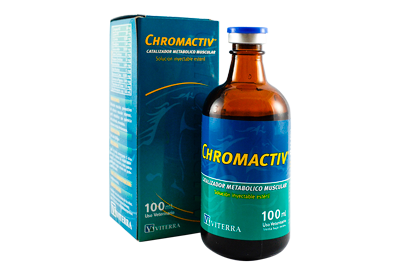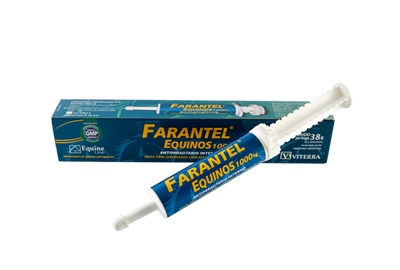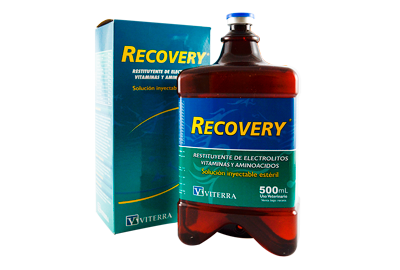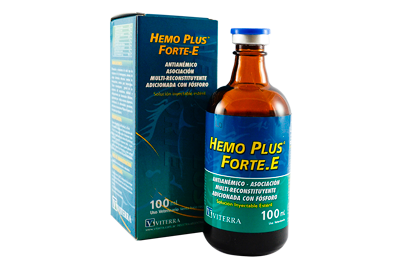Investigation
Surcalce
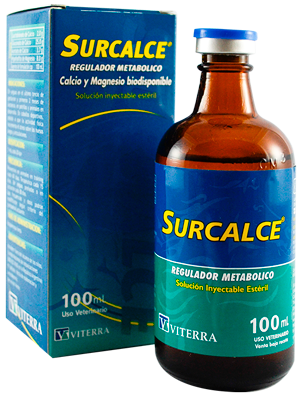
Field Test with Surcalce®
Introduction
Stabled horses subject to feeding on grain and fodder generally ingest a diet with a calcium-phosphorous imbalance (1:4) and a magnesium deficiency. This mineral imbalance can cause bone demineralization and increase the risk of osteoarticular damage as a consequence of the increase in bone fragility. In growing colts, we can see disorders in development and the appearance of certain illnesses during this stage such as osteochondrosis. On the other hand, the magnesium shortage predisposes the animals to suffer from a reduction in calcium absorption, so aggravating this problem. Besides it is important to bear in mind that thoroughbred race horses begin their sporting life at the age of two when the musculo-skeletal system of these animals is as yet immature and they undergo a high level of stress which predisposes them to injuries. This situation implies a need to fortify the bones by means of calcification.
The purpose of this study is to evaluate if Surcalce restores the calcium and phosphorous balance and promotes the increase of calcium deposit in the bones.
Materials and Methods
Horses: We used 3 two-year old thoroughbred horses (2 males and one female). One of them was used as control while the other two were treated with Surcalce at the rate of 1 ml/20 kg weight every 20 days.
Training protocol: The 3 horses were trained with the same exercise plan, which consisted in running on a high speed Treadmill five times a week. After an adaptation period the horses carried out the following protocol for a period of 4 months:
Monday: 2500 m. at trotting pace at 4 m/s,
Tuesday: 1 min. at 1.7 m/s; 4 min. at 4 m/s; 1 min at 6.5 m/s; 30 sec. at 8.5 m/s; 4 min at 4 m/s; 1 min at 1.7 m/s;
Wednesday: 3000 m. at trotting pace at 4 m/s;
Thursday: 1 min at 1.7 m/s; 4 min at 4 m/s; 30 sec. at 6.5 m/s; 1 min. at 8.5 m/s; 4 min at 4 m/s; 1 min. at 1.7 m/s;
Friday: 3000 m at trotting pace at 4 m/s
Bone Evaluation
The determination of cortical bone thickness of the dorsal side of 3rd Metacarpal (M3) pre- and post-exposure to the treatment of the different horses was made by means of the standardized acquirement of X-ray plates which were evaluated with the measuring program SION IMAGE SOFTWARE. To compensate the effect of distortion between plates caused by different distances of incidence and by the subsequent digitalization of the images, we worked on an arbitrary scale, using as the initial parameter the pre-treatment incidence. Based on fixed points with slight bone variation, distances, scale and measuring points for the thickness of cortical bone were established in such a way that the measuring would be taken at the exact point in the pre- and post-treatment incidences. Measures were done in arbitrary units of distances (PIXEL).
Results
The plates of the control horse showed a left pre-training effect of 25 and also right pre training effect of 25. The post-training effects were of 24.07 to the left and 25.44 to the right. These results do not show significant differences between pre- and post-training plates.
Horses which were treated with Surcalce showed significant changes in the cortical bone of their respective M3. In the first case an incidence of 25 and 32 for left and right pre-training respectively was observed. At the end of the experiment this animal showed a post-left incidence of 26.25 and post-right incidence of 33.17.
In the second case a pre-left incidence of 42 and pre-right of 44 was observed. At the end of the period the post-left incidence was 47.6 and the post-right incidence was 49.28. In this case, an increase of cortical bone thickness of more than 10% was observed.
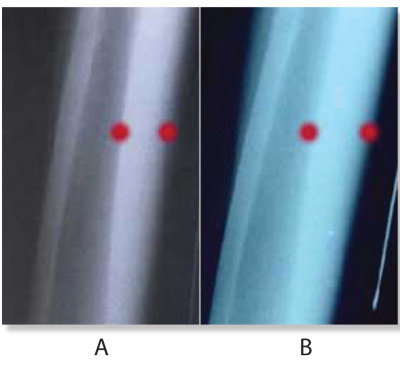
Conclusion
The obtained results on the control horse show that there was not an increase of cortical bone density and thickness induced by exercise during the 4 months experiment. This can be due to the fact that the training protocol was not demanding or extended enough to show the bone restructuring due to the shock of footfalls produced by exercise. In treated animals an increase in cortical bone thickness can be observed. This increase shows that regardless of the length of the experience or the intensity of exercise, the animals which received Surcalce increased bone resistance, which is of great importance so as to prevent injuries in colts which are not fully developed and which have already begun their sporting life.
The left photo shows the right M3 before the beginning of the experience, while the right photo shows the plate after 4 months of training and the administration of Surcalce.
Asterisks mark the endosteum and the periosteum so as to be able to delimit the cortical bone. The left one is 14 mm thick whereas the right one is 16 mm.
Other investigations
Official Certificate N°013-2016 emitted by SENASA
GMP - Good Manufacturing Practice for Veterinary Drugs
Viterra
Contact
- (+54 11) 4855 9410
- info@laboratoriosangroinsumos.com
- Caldas 175, Capital Federal, Buenos Aires, República Argentina
